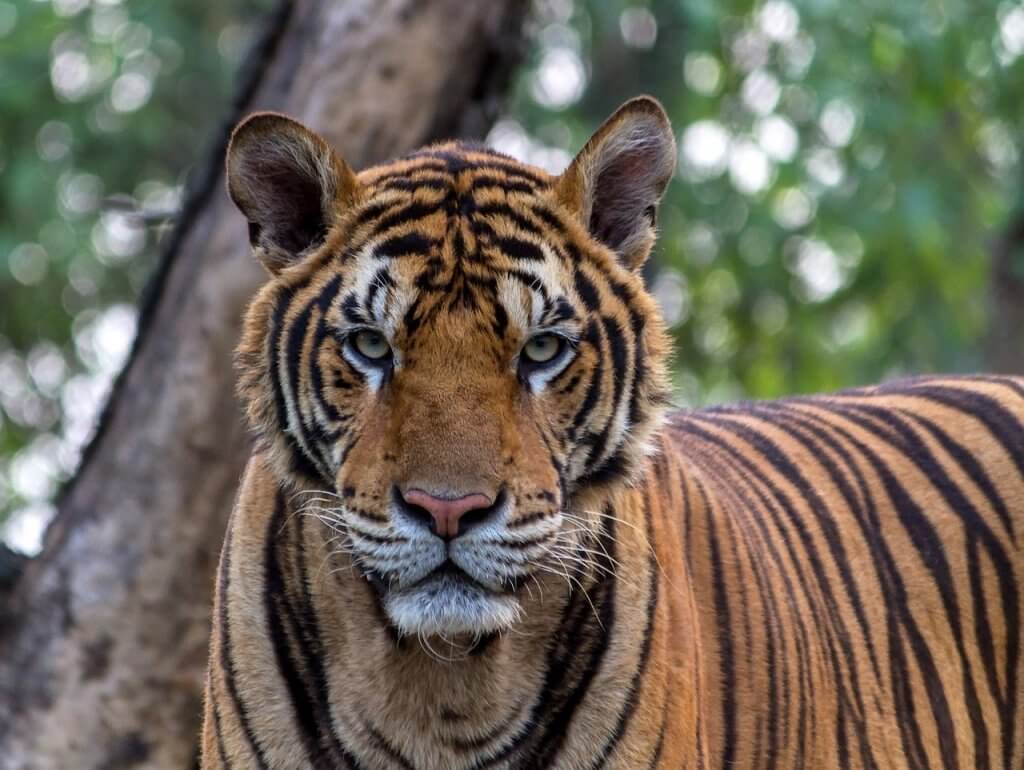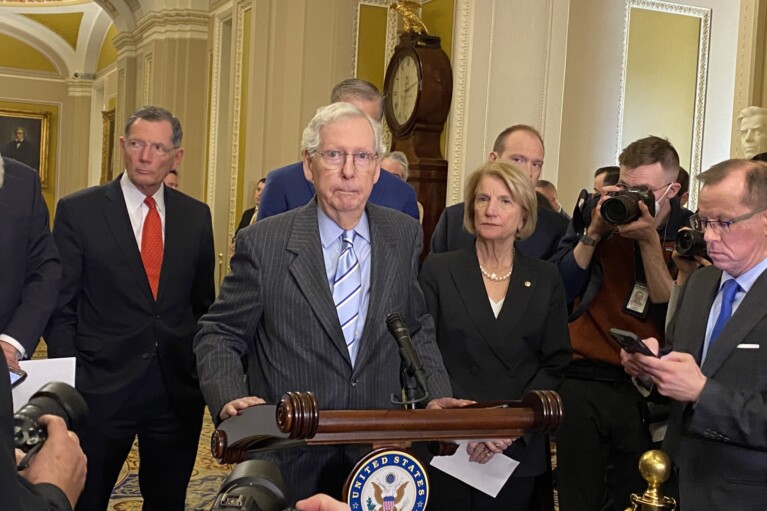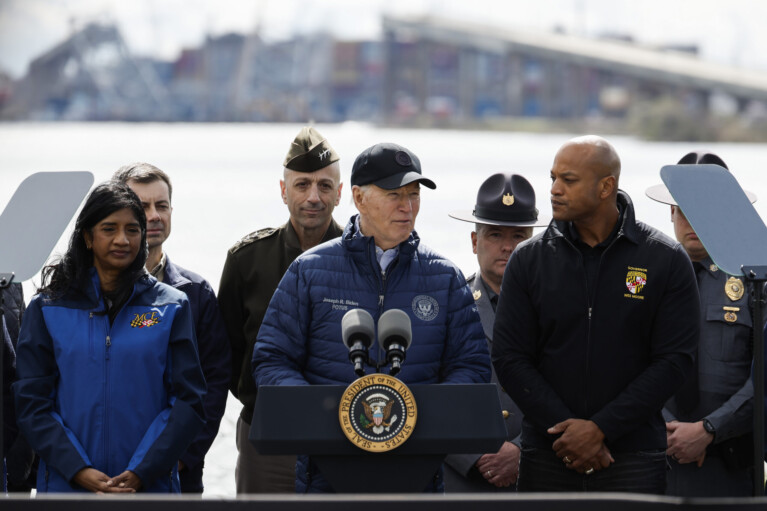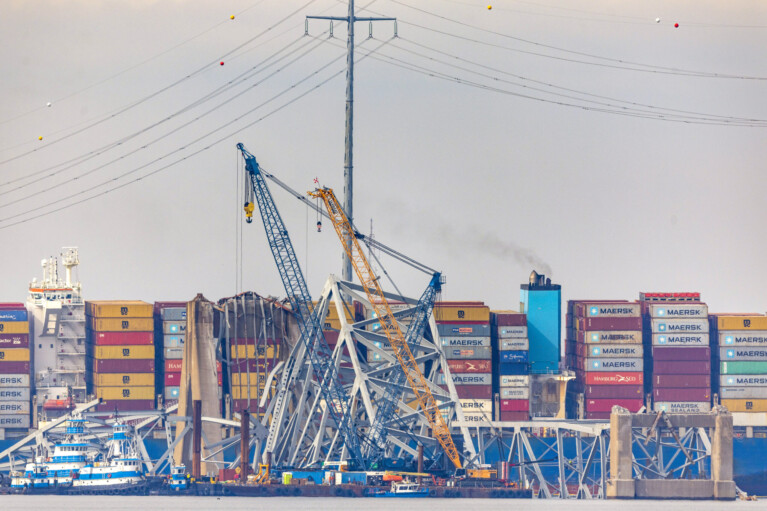Can More Conservation, Less Wildlife Trade Help Prevent the Next Pandemic?

As the United States reels from COVID-19, scientists and environmentalists say beefing up conservation efforts could help protect humanity from future pandemics.
Lawmakers and policy experts alike have been focused on the immediate health and economic concerns from the pandemic. But many environmental advocates say the global crisis has also laid bare the need for more proactive and integrated measures over the long-term — including land and water conservation and tighter regulation of the wildlife trade.
“It was pretty obvious it was just a matter of time before something like this was going to happen,” Thomas Lovejoy said of the outbreak. Lovejoy, a biologist who is sometimes called “the godfather of biodiversity,” is the senior fellow on biodiversity and environmental science at the U.N. Foundation.
“We have to really look at nature in a different kind of way than we have been looking at it generally … and work with it instead of working against it,” Lovejoy added.
Lovejoy and others say that habitat loss, climate change and overexploitation of wildlife have contributed to the increased spread of infectious diseases from animals to humans. Their remedy to reduce risk of future pandemics is to set an ambitious goal for nature conservation and to combat wildlife trafficking.
“Forests and their ecosystems that have all of their biodiversity are more likely to protect us and provide a natural shield, and all of that happens without our interference,” said Enric Sala, explorer-in-residence at the National Geographic Society. “Prevention would be much safer and stronger than responding to the next pandemic.”
They are backing a “thirty by thirty” resolution from Sen. Tom Udall (D-N.M.) that calls for conserving at least 30% of the land and ocean of the United States by 2030. Currently, the country has protected about 12% of its land and 23% of its offshore waters, according to Udall.
Environmental advocates say that conservation should include both vast areas of wilderness and accessible green space for people who live in cities.
“We need nature and the benefits it provides now more than ever,” said Shanna Edberg, director of conservation programs for the Hispanic Access Foundation. She noted that the pandemic has highlighted the need for green spaces for recreation and air quality and the inequities in access.
“COVID-19 will not be the last disaster we face as a society. But we can lessen its effects, and the effects of future disasters, with holistic conservation policies that include pollution reduction and land and water protection and restoration, with equity and access for all,” Edberg said.
Udall’s resolution has 11 co-sponsors, including Maryland Sen. Chris Van Hollen (D). It faces long odds of passing in the GOP-controlled Senate.
Wildlife markets
The disease has also raised questions around the often-overlooked issue of the global wildlife trade.
COVID-19 is a zoonotic disease that spreads to humans from other animals. Three out of every four new or emerging infectious diseases in people came from animals, according to the Centers for Disease Control and Prevention. Severe acute respiratory syndrome (SARS), avian flu and Ebola were also zoonoses.
COVID-19 likely spread to humans in one of China’s “wet” wildlife markets, which sell exotic and domestic animals.
Scientists estimate that there may be more than 1.67 million unknown viruses infecting animals. A group of scientists formed a “global virome project” two years ago to study the unknown animal-borne viral threats.
To help reduce risk of other outbreaks in the future, advocates say the United States needs to crack down on wild animal trade. Viruses occur naturally, but human interaction with wildlife makes it possible for them to jump into humans.
“The way to have a better outcome going forward is to actually control that wildlife trade, control those wildlife markets, and also be much more judicious with how we live or coexist with nature,” said Lovejoy.
The Center for American Progress released an issue brief this week, calling on the United States to reduce dangerous human-wildlife interactions by fighting the illegal wildlife trade.
The United States is the world’s second largest buyer of illegal wildlife products, after China.
The House of Representatives passed legislation last year that would authorize the State Department to offer cash rewards for information that leads to disruption of wildlife trafficking networks. It has not moved in the Senate.
The U.S. Fish and Wildlife Service detected nearly 50,000 illegal wildlife shipments at U.S. ports of entry between 2005 and 2014, containing more than 660,000 individual animals, according to an analysis of FWS data by Defenders of Wildlife. Many more animals came in legally: nearly 11 billion specimens during that time period.
Some advocates think lawmakers should go much further and put stringent limits on wildlife trade that is currently legal.
“We need the global community to come together and say it is not worth it anymore,” said Zak Smith, a senior attorney at the Natural Resources Defense Council.
More than 240 advocacy groups petitioned the World Health Organization this month to ban live wildlife markets altogether.
A bipartisan group of senators also recently asked the Trump administration to work to close wildlife markets that sell live animals for consumption.
While conservation goals are admittedly on the sidelines in the face of a global pandemic, environmentalists say addressing both wildlife markets and land and water conservation are vital for the future.
“The reality is, this is not just an issue of ‘Wouldn’t it be nice?’ This is necessary if we want to maintain human life as we know it on the planet,” Smith said.




 Creative Commons Attribution
Creative Commons Attribution